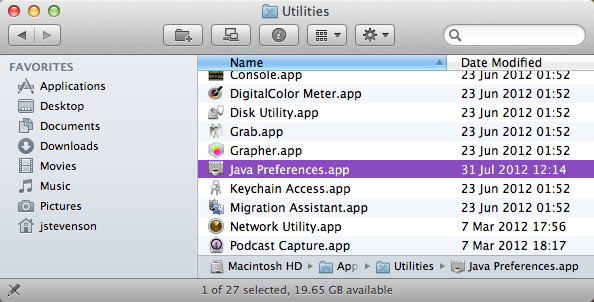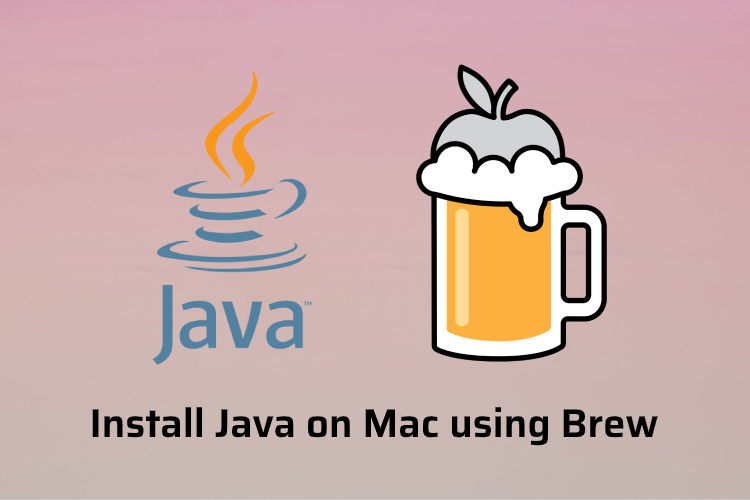


The following two environment variables decide which Java version an application uses: Step 2: Define Java Environment Variables JDK 18 Early-Access Build (→ The most important new features in Java 18).You should use it only for testing purposes: The following version is currently an early access build. Java SE 17 / OpenJDK 17 (→ The most important new features in Java 17).Java SE 16 / OpenJDK 16 (→ The most important new features in Java 16).Java SE 15 / OpenJDK 15 (→ The most important new features in Java 15).Java SE 14 / OpenJDK 14 (→ The most important new features in Java 14).Java SE 13 / OpenJDK 13 (→ The most important new features in Java 13).Java SE 12 / OpenJDK 12 (→ The most important new features in Java 12).Java SE 11 / OpenJDK 11 (→ The most important new features in Java 11).Java SE 10 / OpenJDK 10 (→ The most important new features in Java 10)Īttention – you may use the following Oracle distributions only for private purposes and development:.Starting with the following versions, you don't need to change the default installation directories: Java SE 1.4 – Installed to C:\j2sdk1.4.2_19\ by default – I recommend changing this to C:\Program Files (x86)\Java\jdk1.4.2_19\.Java SE 1.3 – Installed to C:\jdk1.3.1_28\ by default – I recommend changing this to C:\Program Files (x86)\Java\jdk1.3.1_28\.Java SE 1.2 – Installed to C:\jdk1.2.2\ and C:\Program Files (x86)\JavaSoft\JRE\1.2\ by default – I recommend changing this to C:\Program Files (x86)\Java\jdk1.2.2\ and C:\Program Files (x86)\Java\jre1.2.2\ for the sake of clarity.
#MULTIPLE JAVA VERSIONS ON MAC INSTALL#

Let's go… Step 1: Installing Multiple Java Versions To enable these Java version change commands on your system as well, follow this step-by-step guide.


 0 kommentar(er)
0 kommentar(er)
